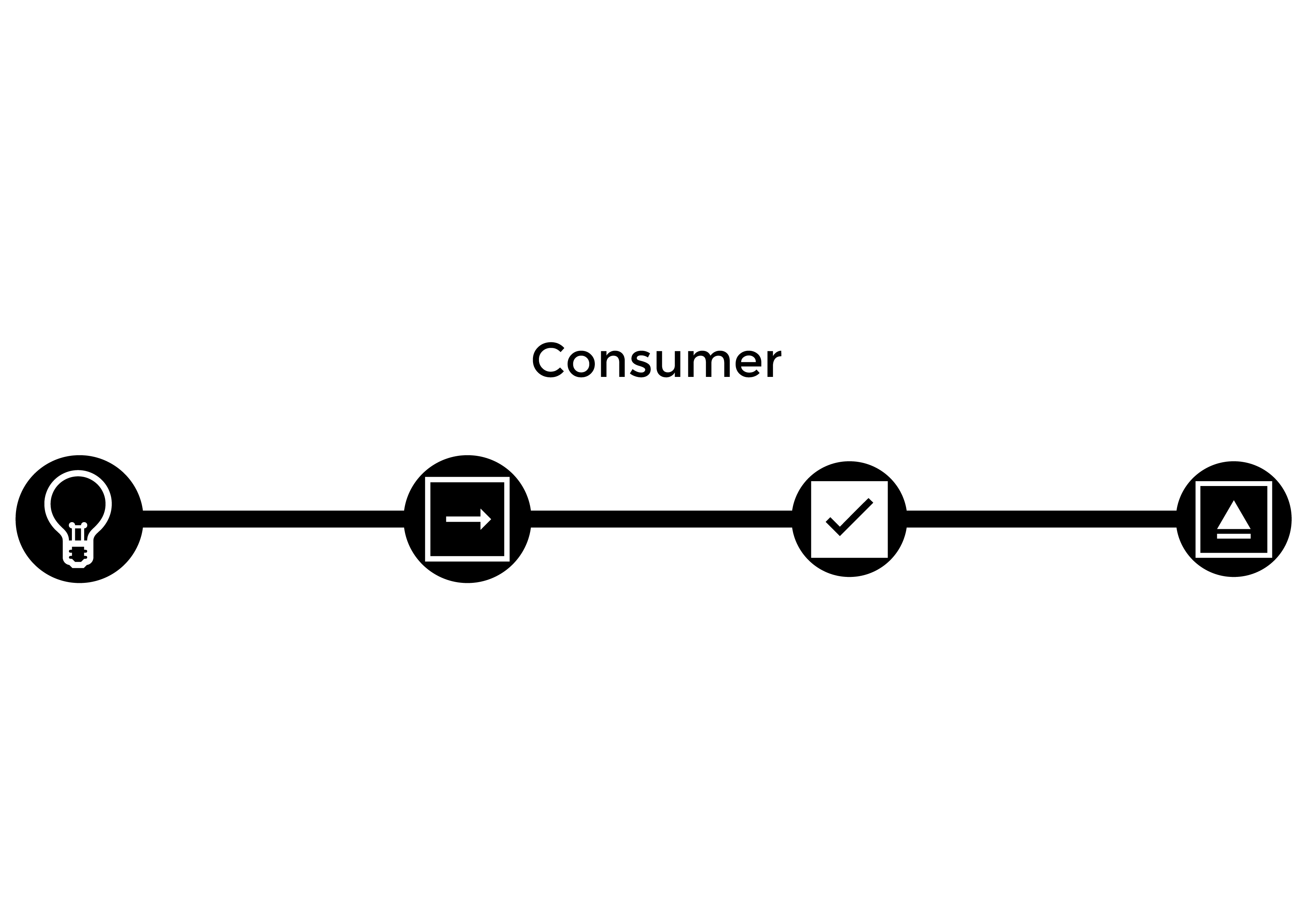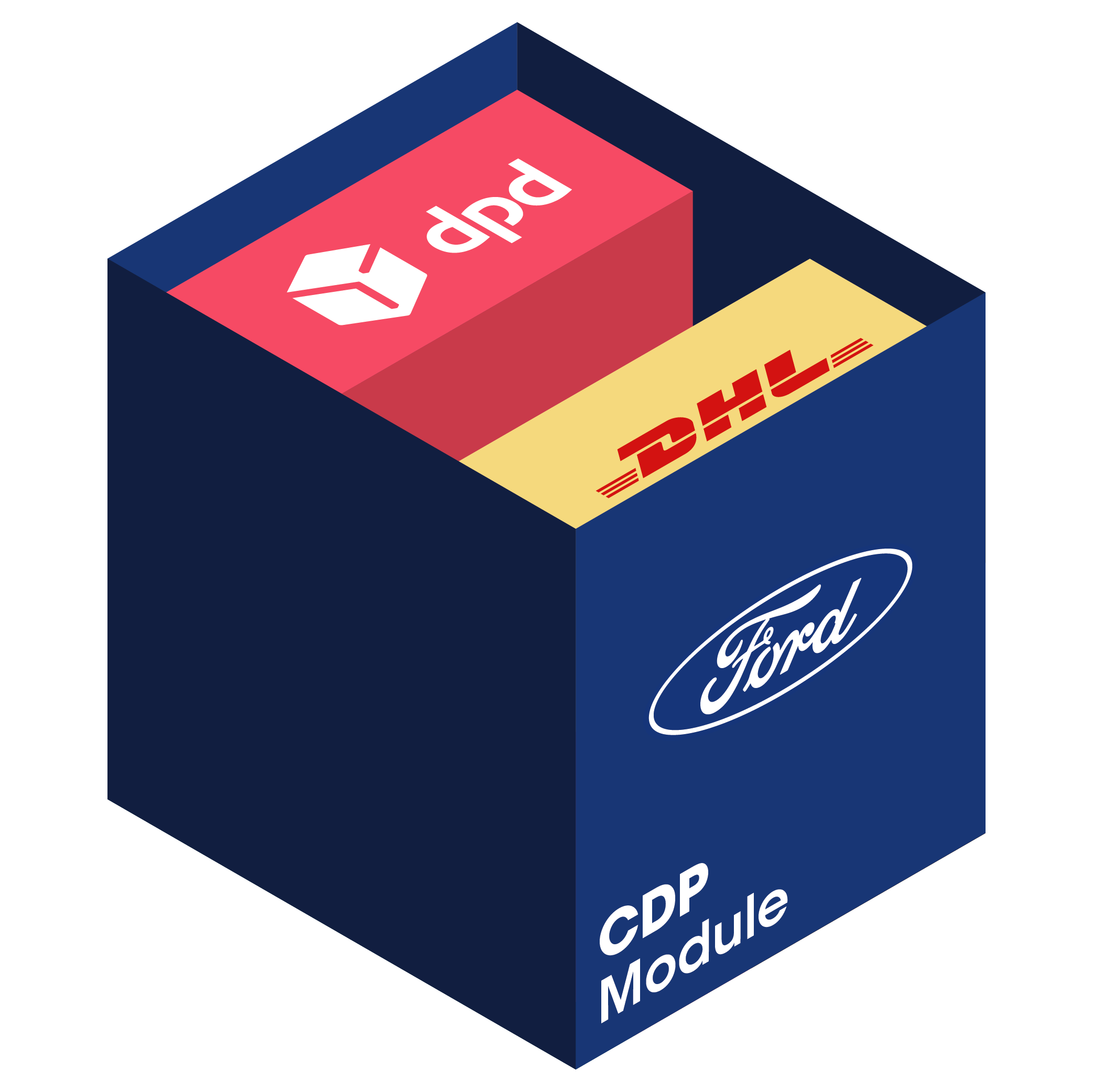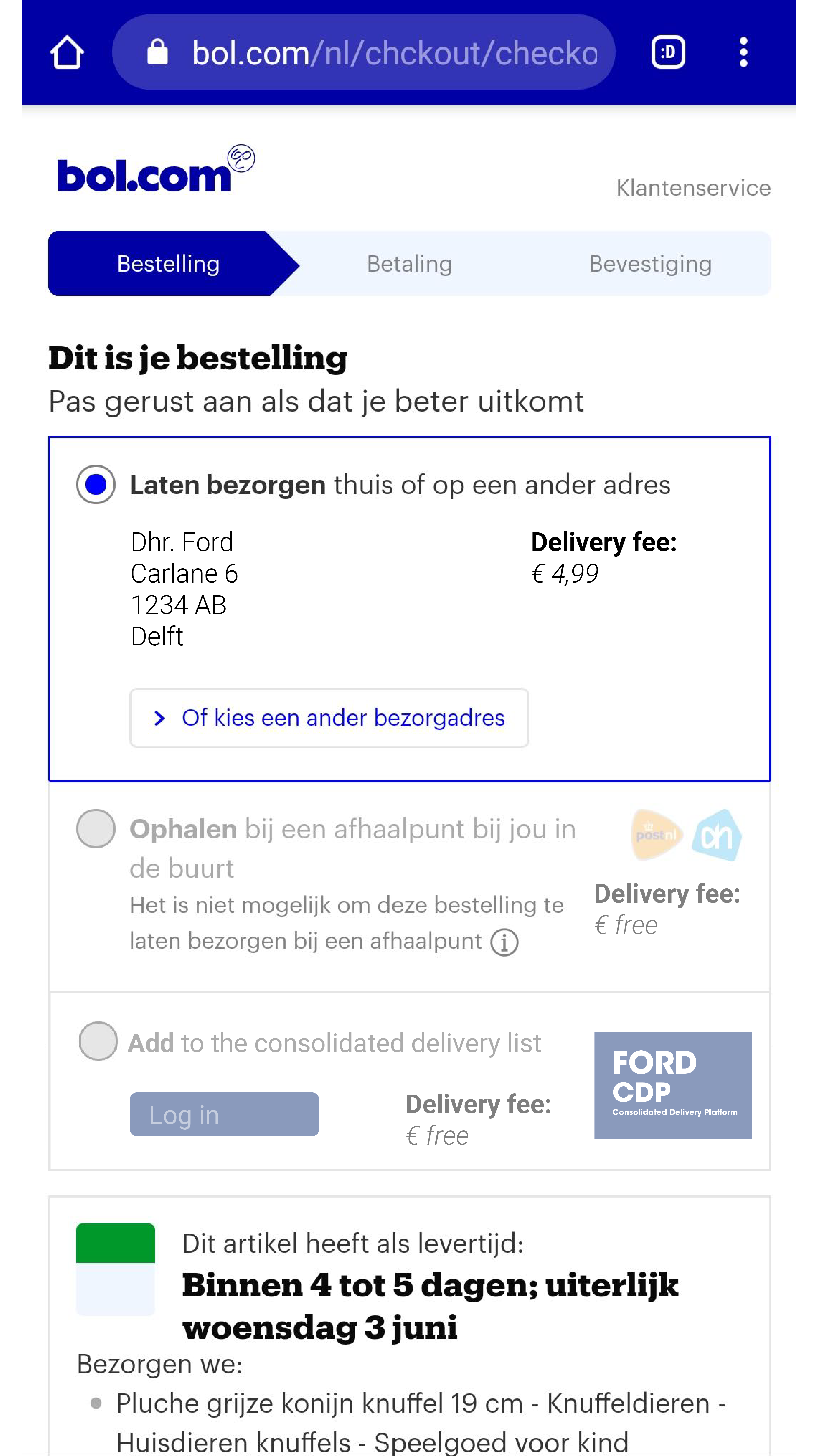.gif)
Consumer Journey
| Created | |
|---|---|
| Tags |

💡Ordering a package
When ordering packages on the internet, users will have the option to either get things delivered to them directly, or to add it to their module using the Ford CDP app. In order to nudge people and make them consider whether they really need express next-day delivery, they will be presented with different price options, as can be seen in the image on the right. You can try ordering for yourself using this link.
Ford CDP is disrupting the way deliveries are handled. Having free deliveries and returns, as well as next-day delivery is unsustainable in the long run. As somebody has to pay for it (4), and it puts a lot of pressure on the systems speed. Having direct deliveries costs more money and effects the environment worse (1), consumers should be able to see that, and make the concious decision on whether they really need their package delivered the very next day.
Research suggests 85 per cent of consumers would wait longer for a parcel delivery that helped cut congestion and air pollution (2)
➡ Starting delivery
In the app, the consumer is able to turn subscriptions on and off, depending on if they need more of that particular product. One of the sustainability gains from getting consolidated delivery is that there are fewer movements. Therefore we want to ensure people only get the products they actually want.
In the app, the user has set a time and destination for delivery. Missed deliveries is one of the biggest impacts on sustainability (1) as the same trips will have to be made multiple times. Having a fixed moment of delivery reduces this, as well as having the time to optimise transportation and transport as little air as possible. When it is time to start shipping, the app asks for confirmation of the order, both which packages and the destination. A personal code is used to make the users feel in control of ordering.
You can try the confirmation for yourself using this link.
✅ Delivery
When it is time for the module to arrive, the messenger will be standing in front of your door at the predetermined time and hand over the module. Due to the flexibilty of the modular system (each free messenger can just pick up your module), great precision in delivery times can be achieved. When the messenger comes to the door, empty modules can be handed back, possibly filled with return packages. Consumers will have indicated whether this is the case beforehand. Messengers scan the NFC chip to confirm that they have indeed received the module.
⏏ Opening the module
To open the module, consumers scan the lock with their phone. The NFC chip inside recognises them as being the module owner and releases (3), allowing them to access their packages. This increases safety during the delivery process, as stealing packages from the messengers becomes less attractive.
Here this journey ends, to see another one, click on this link back to the main page.
 Ford Consolidated Delivery Platform
Ford Consolidated Delivery Platform
reference:
- (4) https://www.vanderlande.com/insights/is-it-the-beginning-of-the-end-for-free-delivery-and-returns/
